Afghanistan travel tips
Afghanistan travel tips: In South Asia, boasts a rich history and diverse landscapes, yet faces challenges, striving for stability and progress.
Provinces 🌎
Afghanistan travel tips. Here is a list of all the provinces of the Afghanistan.
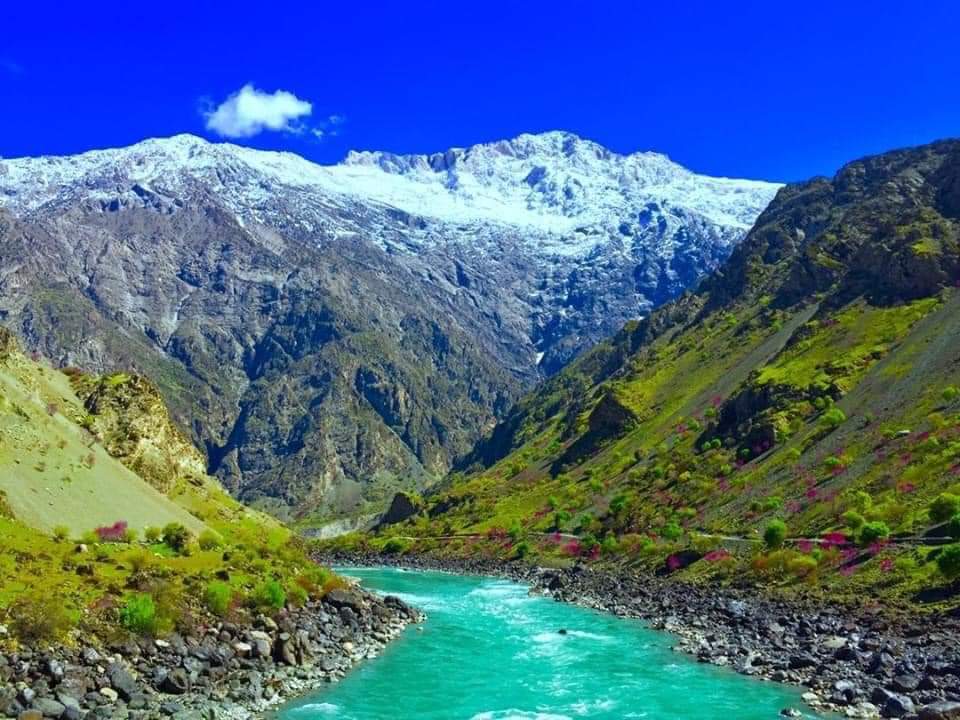
Badakhshan

Badghis

Baghlan

Balkh

Bamyan

Daykundi

Farah

Faryab

Ghazni
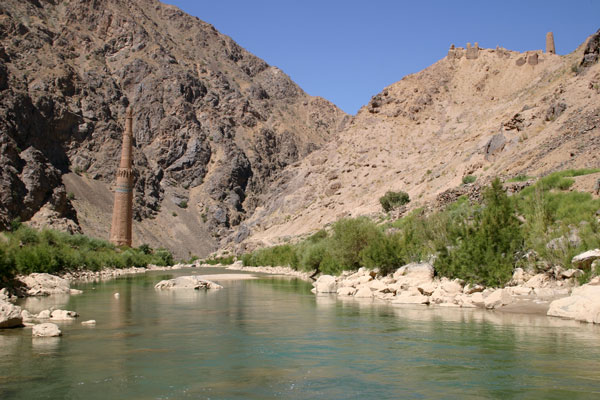
Ghor

Helmand

Herat

Jowzjan

Kabul

Kandahar

Kapisa
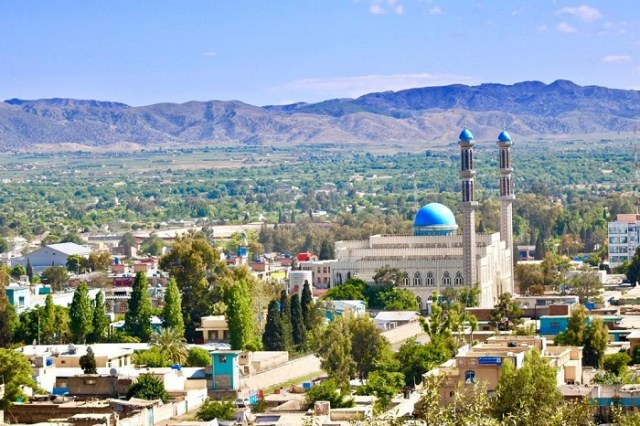
Khost

Kunar

Kunduz

Laghman

Logar
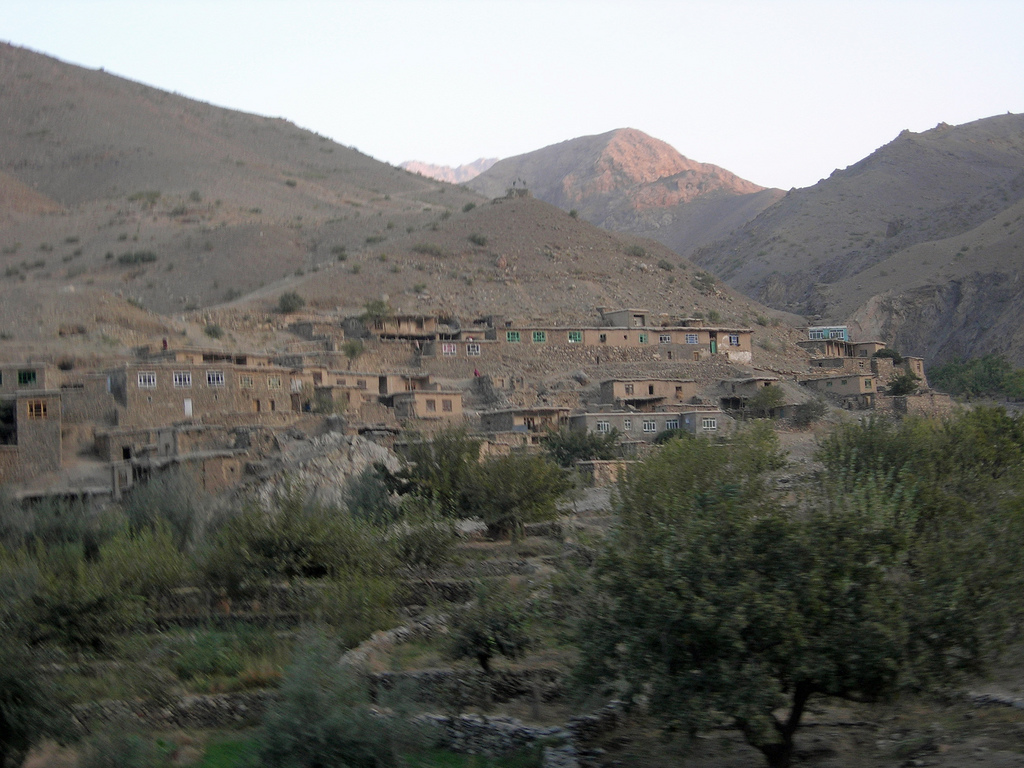
Maidan Wardak

Nangarhar

Nimruz

Nuristan

Paktia

Paktika

Panjshir

Parwan

Samangan

Sar-e Pol

Takhar

Uruzgan
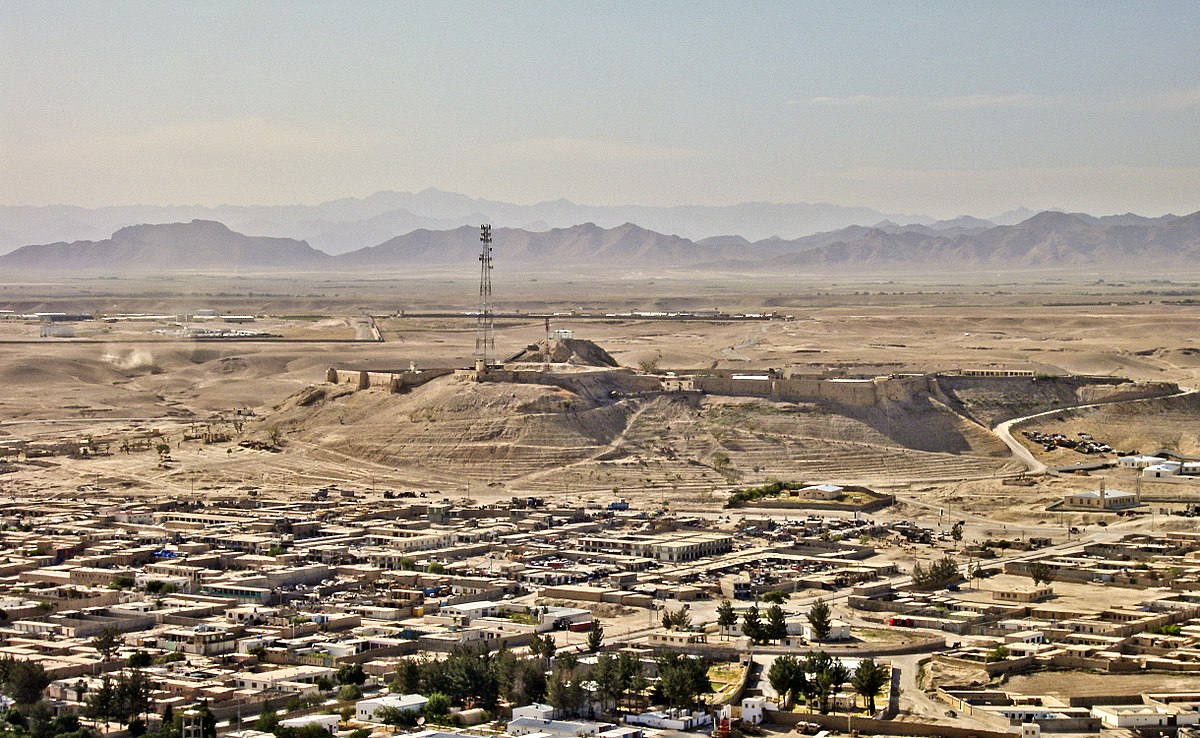
Zabul
Before you go 🛩
Important information you should know before your trip
Info
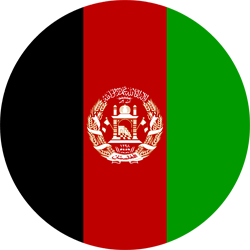
Capital | Kabul
Flag Codes:
ISO alpha-2 AF,
ISO alpha-3 AFG
Currency
Badge | Afghan afghani
CODE | AFN
NUMBER | 971
SYMBOL | ؋
FRACTION | pul
Mobile Coverage
Dialing Code | +93
SIM Card
Coverage | 3G / 4G / 5G |
Mobile Networks | Afghan Wireless (TSI) | Roshan (TDCA) | MTN | Etisalat | Salaam (Afghan Telecom) |

Location
Afghanistan is a landlocked country located in the heart of Asia. It is surrounded by several countries, bordered to the north by Turkmenistan, Uzbekistan and Tajikistan, to the east by Pakistan, to the south by Iran and to the west by Turkmenistan and Iran.
With an area of approximately 652,000 km², Afghanistan is the 40th largest country in the world. Afghanistan’s terrain is primarily mountainous, with the Hindu Kush Mountain Range running through the country from north to south. The highest point in Afghanistan is Noshaq Peak, which reaches 7,492 meters above sea level.
The capital of Afghanistan is Kabul, which is located in the east of the country. Other major cities include Kandahar in the south, Mazar-e-Sharif in the north and Herat in the west.
Currency
The Afghani is the official currency of Afghanistan.
Languages
Several languages are spoken in Afghanistan, but the official and most spoken language is Dari (also known as Afghan Persian), which is spoken by around 50% of the population. Pashto is another official language and is spoken by around 35% of the population.
In addition to Dari and Pashto, there are other minority languages that are spoken by specific communities, such as Uzbek, Turkmen, Baloch, Pashayi and Nuristani.
English is also widely spoken in Afghanistan, especially among those working in government, the education sector and business.
Climate 🌡
The climate in Afghanistan varies widely based on elevation and geographic location. In general, it can be said that the climate in Afghanistan is arid and semi-arid, with extremely cold temperatures in the mountains and warm in the low areas.
In the low-lying areas of the north and west, the climate is mainly arid, with mild winters and hot, dry summers. These regions, average temperatures in winter range between 0°C and 10°C, while in summer they can exceed 40°C.
Central Afghanistan, the climate is arid and semi-arid, with cold winters and hot, dry summers. In the mountainous regions of central Afghanistan, snow can remain on the ground for several months of the year.
In southern and eastern Afghanistan, the climate is mainly arid and semi-arid, with mild winters and extremely hot summers. Average winter temperatures in these regions range between 5°C and 15°C, while in summer they can exceed 50°C.
In summary, Afghanistan’s climate varies widely depending on geographic location, but in general it is an arid and semi-arid climate, with cold winters and hot, dry summers. It is important to take weather conditions into account when planning a trip to Afghanistan.
Afghanistan travel tips
If you’re planning a trip to Afghanistan, here are some travel tips to enhance your experience:
Safety Precautions:
Stay informed about the security situation, follow local news, and register with your embassy if necessary.
Cultural Sensitivity:
Respect local customs, dress modestly, and seek permission before photographing people or religious sites.
Altitude Awareness:
Be aware of high altitudes in mountainous regions; acclimate gradually to avoid altitude sickness.
Bargaining Skills:
Hone your bargaining skills, especially when shopping in local markets.
Transportation:
Use trusted transportation services, be cautious on roads, and inquire about travel restrictions in certain areas. View Guide.
Communication:
Learn basic Dari or Pashto phrases for better communication; English may not be widely spoken.
Local Interaction:
Engage respectfully with locals, listen to their stories, and embrace the hospitality of Afghan communities.
Enjoy your time in Afghanistan!

The best of the best
Afghan cuisine is a mix of Persian, Indian and Central Asian influences, and is characterized by the use of spices and aromatic herbs.

Kabuli Pulao
It is an Afghan national dish that consists of rice cooked with caramelized carrots, raisins, almonds and lamb or beef.

Mantu
It is a type of dumpling filled with minced meat and onion, and is usually served with yogurt and mint sauce.

Ashak
It is a type of ravioli filled with onion and minced meat, and is served with yogurt sauce and spices.
Here some of the typical foods of Afghanistan:
Kebab: It is a skewered roast meat, usually lamb or chicken, and is served with pita bread and salad.
Bolani: It is a flatbread filled with potatoes, onion and spices, and is usually served with yogurt sauce.
Qorma: It is a stew based on lamb or chicken, onion, garlic and spices, and is served with rice.
Samosas: They are triangles of fried dough filled with minced meat and vegetables.
Sheer yakh: It is a dessert of rice pudding, cardamom and walnuts.
Jalebi: These are spiral-shaped fried sweets, soaked in syrup.
Sherbet: It is a sweet and refreshing drink made of water, sugar and fruits or spices, such as lemon, mint or ginger.
These are just a few examples of typical Afghan foods, but there are many other regional specialties that are worth trying if you have the opportunity to visit the country.
Transportation 🚥
More information about this country
Choose your destination 📍🗺
Useful Links ✅



